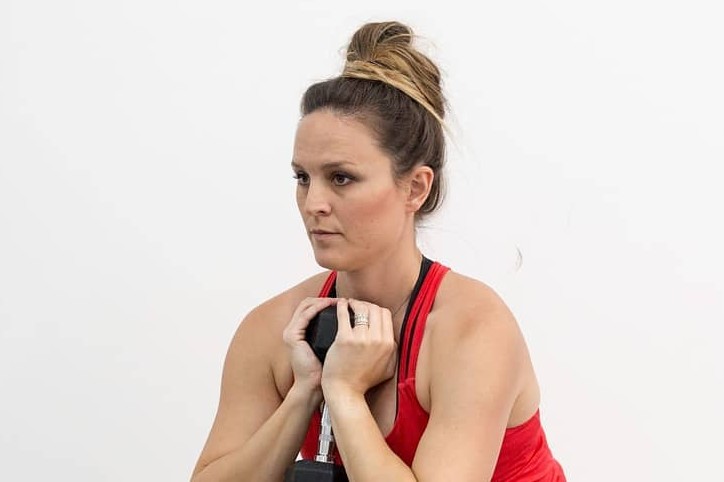We often hear, especially from active women, that they want to “train for birth,” but pregnancy and postpartum fitness expert Jen Curtis says that concept is somewhat of a misconception.
“Yes, having good muscle strength and cardiovascular endurance can be an advantage when birthing, but it’s a somewhat misguided notion,” says Curtis who offers both free resources and paid programs to help women on their motherhood journeys.
“The real reasons to exercise during pregnancy are fetal health, maternal health and fitness, maintaining maternal muscle mass and bone density (otherwise both are lost during pregnancy), maintaining stable blood sugar levels, coping better with the physical demands of late pregnancy and early motherhood, and avoiding aches and pains and injury throughout pregnancy and the postpartum period.”
She goes on to note that the best way to do these things is to do resistance training sessions twice per week, perform some mobility work each week and to do two or three cardiovascular training sessions a week.
“There are of course considerations and modifications that should be made for pregnancy – I have a free course that takes you through all of these elements of exercise and my online program also provides fully structured training programs tailored to each week,” says Curtis. “In addition, I would suggest that women learn how to identify and relax their pelvic floors, which is very important training for birth, yet we seldom hear about it. This tutorial is a great starting point. Remember, more women have ‘too tight’ pelvic floors than weak ones.”
Relaxing the pelvic floor is key to help mitigate the pain of post-labor recovery. Curtis also recommends perineal massage, release work with a pelvic floor therapist and even use of a Therawand to help relax the pelvic floor and prepare it for the stretching in labor and prevent tears.
“Women should also focus on the rest of their body – in particular, postpartum women who are particularly prone to hip and back pain,” says Curtis. “By maintaining strength and mobility throughout their pregnancies, they can mitigate much of this pain and injury. My pregnancy mini-course and online program can really guide them through that. Postpartum, I have a free 10-day Challenge that can help them reduce pain and get back into exercise gradually and safely – it includes mobility, core and strength work.”
As mentioned, a good pelvic floor specialist is key and something not many women consider in the weeks following delivery (and even less consider prior to delivery). “It’s especially important after a vaginal birth if there were complications like tearing, an episiotomy or if a woman has any symptoms like leaking, heaviness in the vagina or pain.” So often women are told that peeing a little when we laugh or jump is “normal” postpartum, don’t accept that answer and seek out a specialist who can help.
Every Mother and Megan Roup’s Sculpt Society are also great resources.
